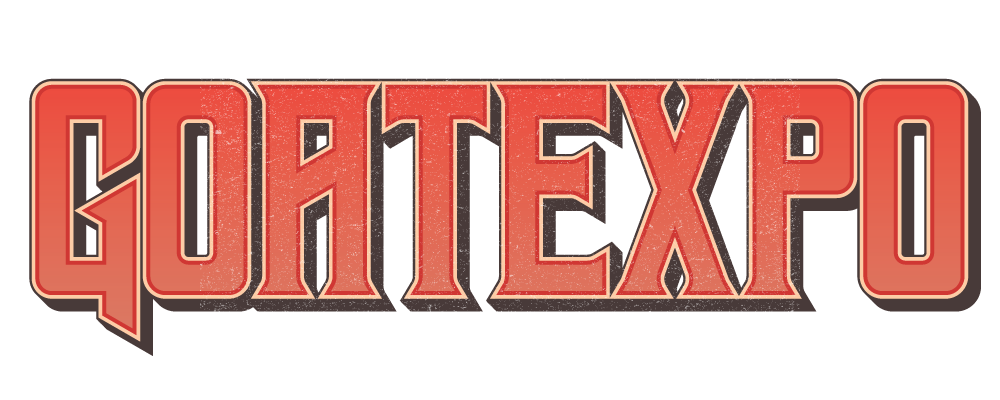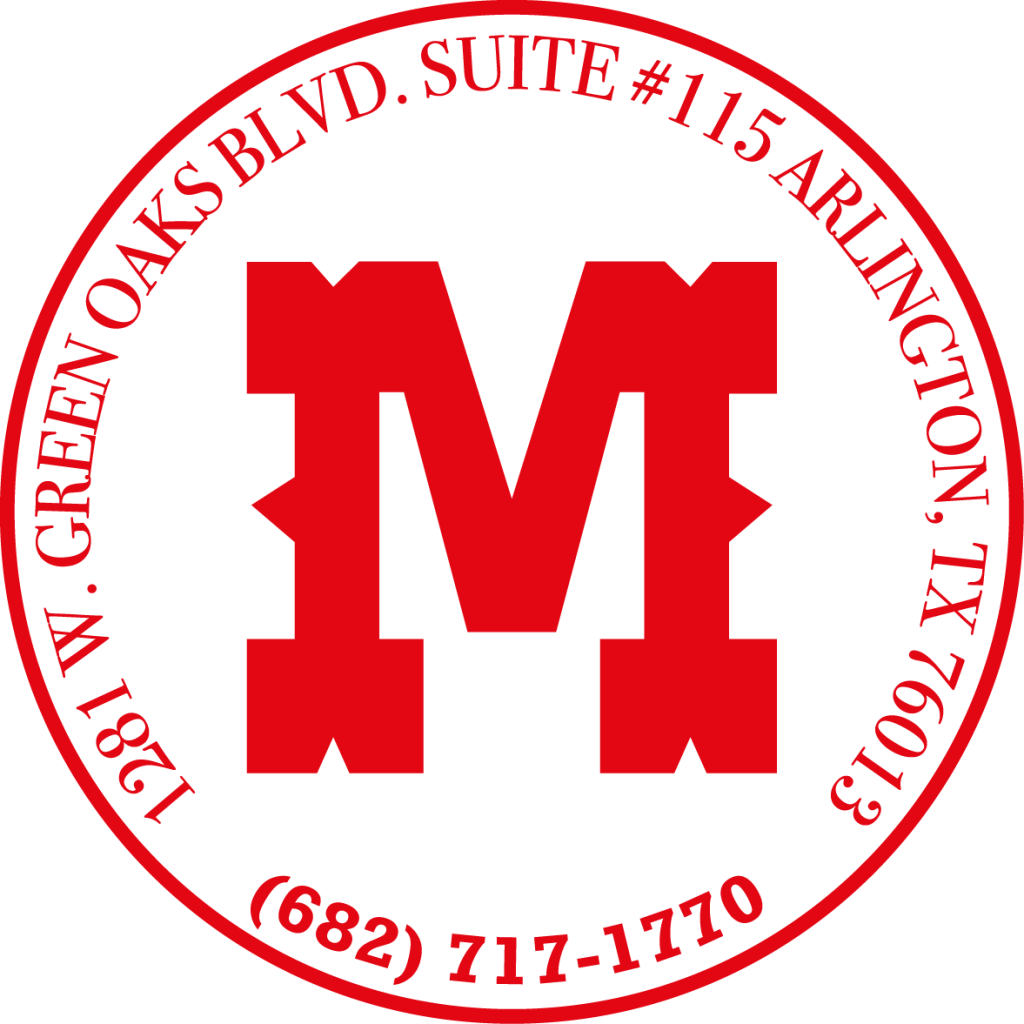
with Dr. Fred Homeyer
Ratios and Proportions in Goats
Angle at the point of the shoulder (where the scapula connects with the humerus) – should ideally be 137 degrees. Angle at the rear hock should be 160 degrees. A greater angle is posty legged; lesser angle is sickle hocked. Angle of the neck coming out of the top-line ideally should be 40 degrees. Ratio of hook to thurl to pin (thurl is where the femur fits into the pelvis) should be 2 to 1, that is, two parts from the hook bone to the thurl and one part from the thurl to the pin bone. A ratio of 1 to 1 results in a goat that almost falls down when they turn. A goat that is cow hocked in the rear legs will normally have a ratio of 3 to 1.
For balance the top-line ideally is two times the neck length measured from the poll to the first cervical vertebrae for the neck and from the first cervical vertebrae to the pin bone for the top-line.
A sign of masculinity in a buck is when the heart girth circumference is equal to and ideally 10% more than the top-line measurement. A sign of femininity in a doe is when the circumference at the flank is greater than the heart girth circumference (that is manifested in the doe appearing wedgy or deeper in the rear end than at the front end)
Bucks are bigger in the front end than the rear because they have to compete for the does and a doe is deeper in the rear end than the front as they need capacity to hold the kids before birth. The width between the eyes is equal to or directly proportional to the width of the shoulders and the width of the loin.
Width can also be predicted by distance or width between the horns. Narrow distance between the eyes predicts a narrow, slab sided goat with very little meat. The length of the face from the horn set to the muzzle is equal to or directly proportional to the length from the hook to the pin (the rump or hip) and also is directly proportional to the longissimus dorsi muscle that runs down the back.
The circumference of the forearm is an indicator or predictor of mass and muscle (the forearm is an area that is muscle surrounded by skin that doesn’t get fat). The width of the chest floor and length of the canon bone are predictors of growth potential as is the size of the skull.
The distance from the tip of the nostril to the tip of the lip is called the “stop” in Australia and is a predictor of future mass and muscle in kids. The depth and length of the flank skin is a predictor of muscle development in the stifle area – the deeper the flank skin and the longer it is from the rear leg to the deepest part of the body the greater the capacity for muscling in the stifle area.
Width in the rear and at the widest point when viewed from the rear should be stifle to stifle. Second widest area should be thurl to thurl when viewed from the rear. If you notice where the flank intersects the front of the rear leg and project a line through the leg to the back of the leg is an indicator of how much the meat extends down the back leg from the tail (called the stitch or twist).
A sign of femininity is indicated by good width between the ribs. A sign of femininity is openness or width between the hocks so that there is adequate capacity for the udder between the rear legs.
A sign of femininity is refinement in the head and neck area as well as lighter but adequate bone in the legs than in the male. A sign of femininity is illustrated in the hair coat by the appearance of a swirl of hair half way down each back leg. This is also an indication of strong maternal traits and milk-ability.
The appearance of hair swirls on each side of the front of the chest is termed a thymic swirl and is an indication of a strong immune system. This trait can be a valuable selection criteria for young goats. A hair swirl located in the middle of the barrel down low on the body is called a pancreatic swirl and indicates strong reproductive traits.
The existence of hair swirls in the hair coat of a goat is a manifestation of proper glandular function. The ideal pastern is short and you should be able to draw a perpendicular line from the rear of the dew claw to the back of the heel of the hoof. The ideal set to the back leg is when you can draw a perpendicular line that extends from the pin bone down through the rear hock and then down through the rear pastern.
The ideal set to the front legs is when you can draw a perpendicular line that extends through the point of the shoulder down through the center of the knee and on down between the toes.
Toes should be tight together and not splayed apart. Too much weight on a young skeleton can cause splayed toes and weak pasterns. (You might take a look at http://www.bovineengineering.com/ for more perspective on linear measurement and hair coat configurations on beef cattle.) Prepared by Dr. Fred C. Homeyer – Box 47 / Robert Lee, TX 76945http://www.antelopecreek.com/ / Phone: 325-453-2863




























